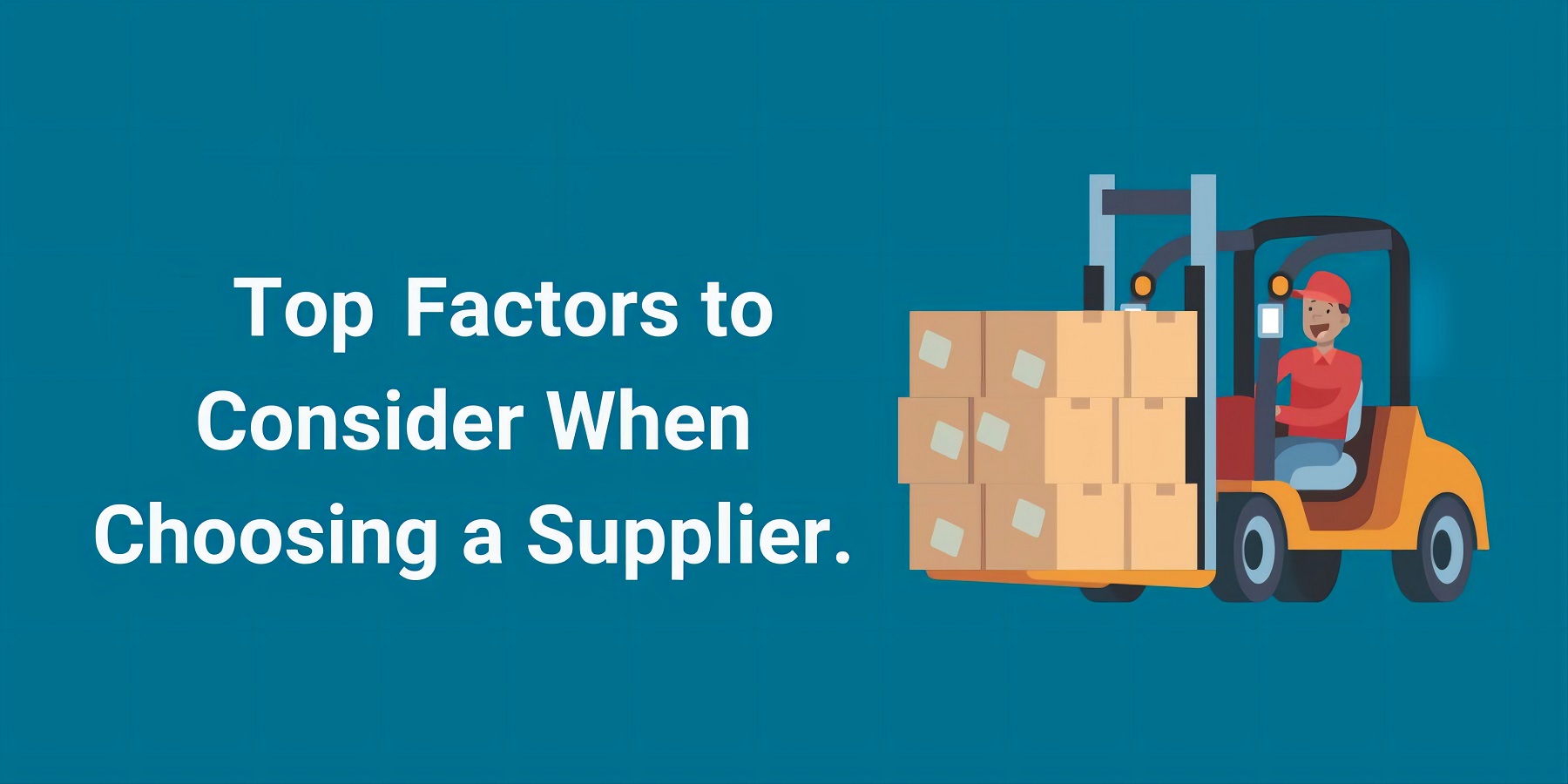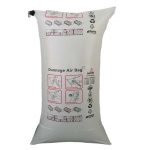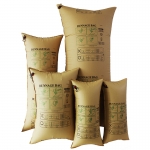
Selecting the right supplier for your cargo needs is crucial to ensure smooth operations and reliable service. Here are some steps to guide your decision:
1. Assess Your Requirements :
- Clearly define your cargo requirements. Consider factors such as volume, weight, fragility, and special handling needs.
- Identify the types of cargo you'll be shipping (e.g., perishables, hazardous materials, oversized items).
2. Research Potential Suppliers :
- Look for suppliers with a strong track record in the industry. Check their reputation, reviews, and customer feedback.
- Consider their experience, certifications, and compliance with safety regulations.
3. Evaluate Services Offered :
- Ensure the supplier offers the specific services you need, such as transportation, warehousing, and customs clearance.
- Assess their network coverage (local, regional, international) and modes of transportation (air, sea, road, rail).
4. Quality and Reliability :
- Investigate the supplier's reliability. Do they meet delivery deadlines consistently?
- Ask about their cargo handling processes, safety measures, and quality control.
5. Pricing and Cost Transparency :
- Compare pricing structures. Look beyond the initial cost—consider hidden fees, insurance, and additional charges.
- Transparency is essential. Ensure there are no surprises later on.
6. Financial Stability :
- A financially stable supplier is less likely to face disruptions or sudden closures.
- Check their financial health and stability.
7. Customer Support and Communication :
- Evaluate their responsiveness and communication channels. Can you reach them easily?
- Good customer support is essential for resolving issues promptly.
8. Technology and Tracking :
- Opt for suppliers who use modern technology for cargo tracking, real-time updates, and visibility.
- Efficient tracking systems enhance transparency and reduce risks.
9. Environmental Considerations :
- If sustainability matters to your business, inquire about the supplier's eco-friendly practices.
- Are they committed to reducing their carbon footprint?
10. Visit and Meet in Person :
- Whenever possible, visit the supplier's facilities. Observe their operations firsthand.
- Meeting face-to-face helps build trust and understanding.
Remember that each business has unique needs, so tailor your choice based on what aligns best with your cargo requirements.
More information:www.ppdunnagebag.com
Email:manager@ppdunnagebag.com





